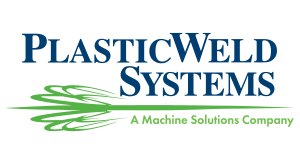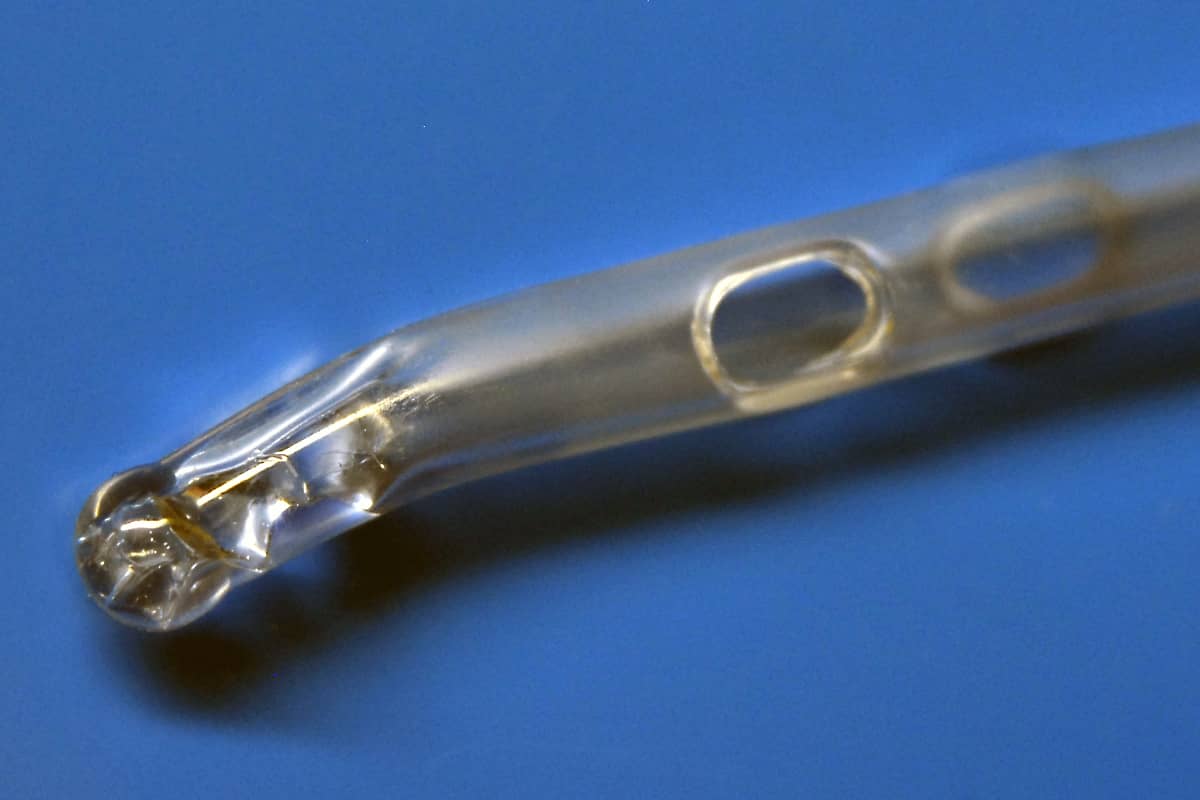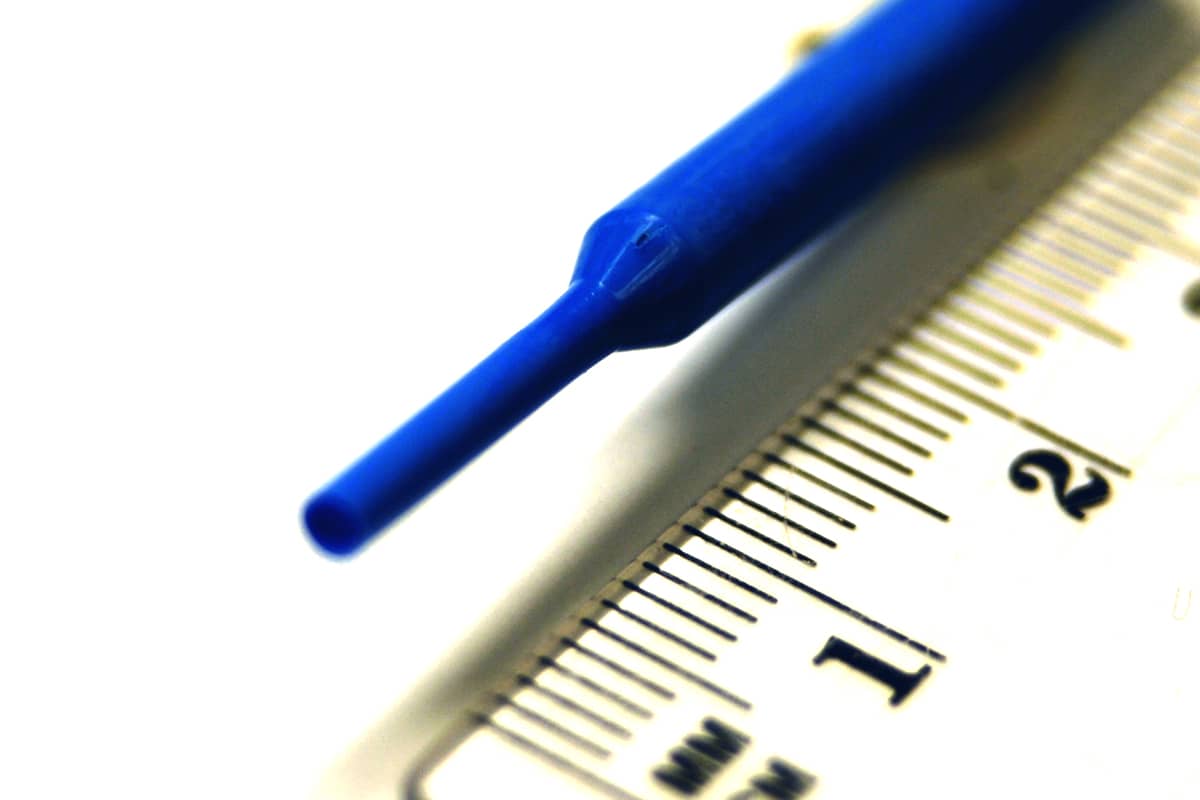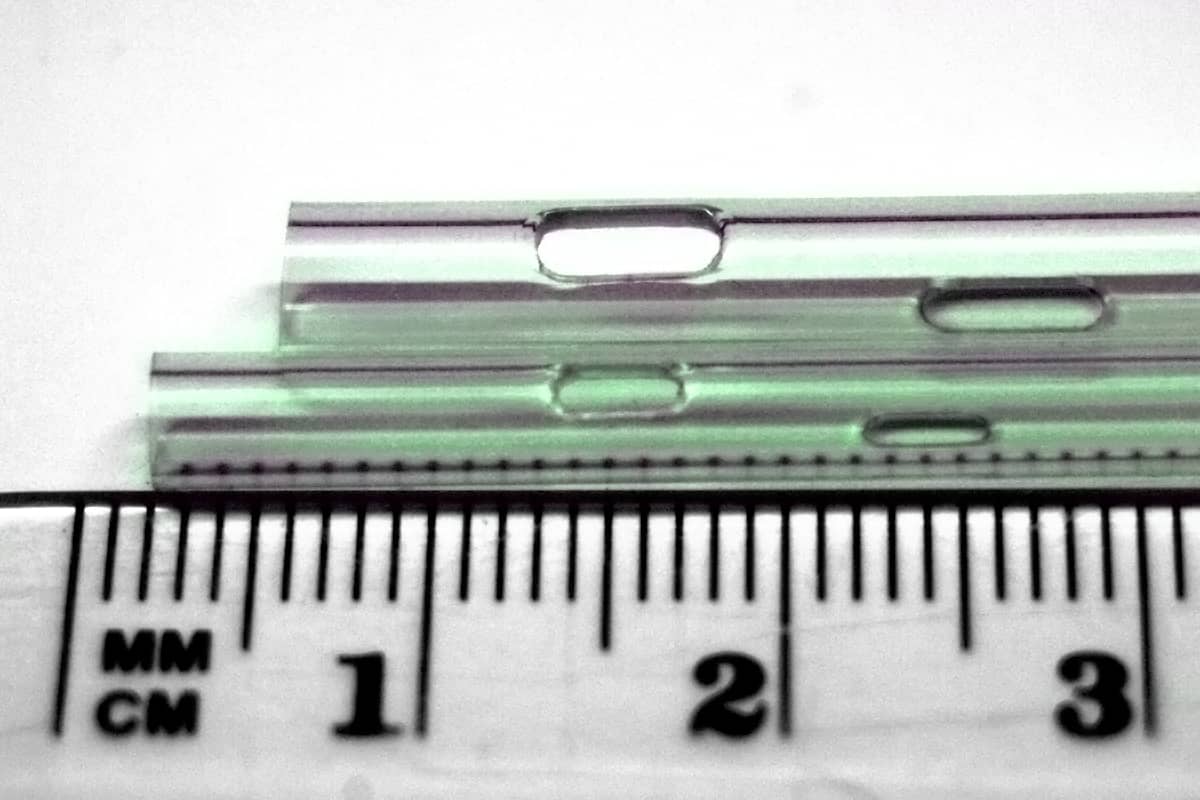
Catheter Tipping Dies and Forming Tools
What is Catheter Tip Forming?
An Intersection of Variables
Catheters are instruments used to assist in administering pharmaceuticals, fluids, diagnostic devices, or surgical instruments for treating various medical conditions. Manufacturing catheters requires unique processes to ensure that the device causes minimal tissue damage during insertion, use and removal of the device. The distal end also known as the catheter tip, being the initial point of contact, plays a crucial role in reducing the tissue trauma. To create a specific catheter tip geometry and surface finish in line with the customer’s design specification, tip forming involves molding or tipping the distal end of the catheter tube. Achieving superior tip geometries is dependent on the perfect interplay of specialized equipment, a tightly controlled process, internal support mandrel and catheter tipping die. Catheter tipping dies are crucial to ensuring the catheter tip consistently meets the required functional and safety standards.
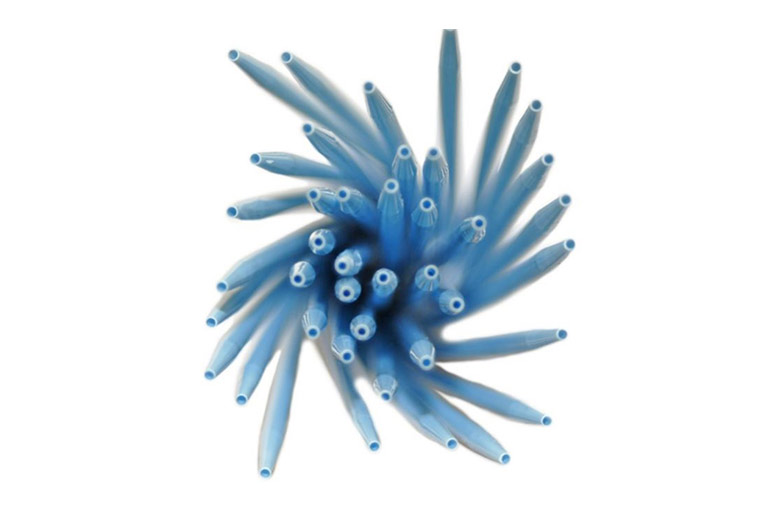

What is a catheter tip forming die?
Forged with Precision Polished By Hand
Your catheter tip forming die is the crucial interchangeable tool that softens the polymer and shapes it to your exact specifications. Vante and PlasticWeld tipping dies are crafted from various high-quality materials, including top-grade stainless steel. Engineered specifically for you, and machined on site, our machinists take an artisan approach using precision CNC lathes, high-speed milling, and precision sinker EDMs to produce the highest quality tipping dies available.
The manufacturing process is only one aspect of our market-leading die quality. The foundation for our leadership is proprietary die design skills and knowledge gained through 30+ years of experience by our degreed engineering teams. Simply put, you benefit from our unparalleled die design knowledge and experience, which surpasses that of any other tip forming equipment company.
Customer-Centric Design
A Intersection of Factors
We specialize in the design and production of catheter tipping dies and forming tools to suit your production requirements.
- Skilled engineers work with you to carefully evaluate your product requirements and design tailor-made tooling, using only the highest quality alloys.
- Alloys are applications specific and can be heat treated in-house for quick-turn and greater resistance to abrasive plastics or mandrel insertion.
- On a daily basis, our multi-site machine shops and skilled machinists are busy maximizing utilization of their state-of-the-art CNC machining equipment to deliver high-precision catheter tipping dies in ths shortest times possible.
- Non-stick coatings are also available for some catheter tipping die configurations.

Catheter Tipping Dies Developed with Precision
Only The Highest Quality and Performance For Your Manufacturing Needs
Our catheter tipping dies and tooling are designed and manufactured for durability, ease of use and with your application in mind.
- Standard catheter tipping dies are made from high quality machined stainless steel for long life and minimal maintenance.
- Nickel catheter tipping dies are used for severe undercuts and other features that cannot be produced in conventional steel dies.
- Hardened catheter tipping dies are made from a machined wear-resistant and heat-treated alloy to withstand the most abusive production environments.
- Carbide catheter tipping dies are produced for the most severe applications.
- Easy mandrel removal and replacement.
For more tooling needs go to our Mandrel Manufacturing Services to learn about distal flash prevention.
Comprehensive After Sales Support.
Our aftermarket specialists offer extensive post-delivery support to cater to your requirements. This includes on-site or remote training for die maintenance, as well as the provision of supplies and equipment. Additionally, our engineering team is readily available to provide technical assistance for your processing and development endeavors.
For more tooling needs go to our Mandrel Manufacturing Services. to learn about distal flash prevention and Rapid Prototype Program for quick-turn samples.
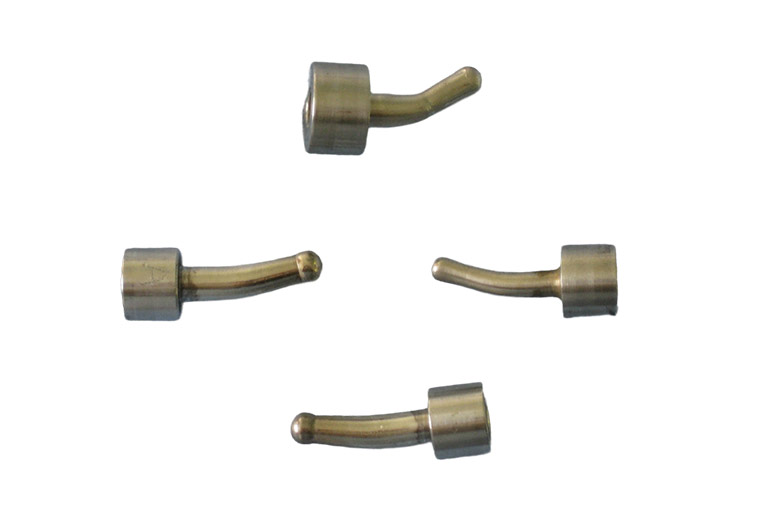
How Are Catheter Tipping Dies Made?
Concentricity is Key
Catheter tipping dies are created through a highly meticulous process that involves engineering, designing tooling, selecting high-quality alloys, heat-treating, and using CNC equipment. A key aspect of this process is ensuring concentricity, which guarantees uniform wall thickness and enhances the overall performance of the dies. The dies, often made from high-strength alloys resistant to wear and corrosion, undergo surface finishing to achieve a mirror-like finish and excellent release properties.


Why Our Dies are the Best Choice For You
From Tip Die Creation to Prototype Samples
- Exceptional design and engineering experience
- On site manufacturing for quick-turn delivery
- Highest quality alloys for maximized life and performance
- Certified Dies BEFORE shipment
- Post-delivery technical support
- Turn Key Prototype Service

